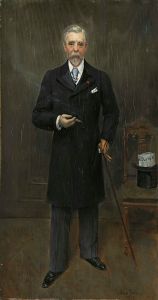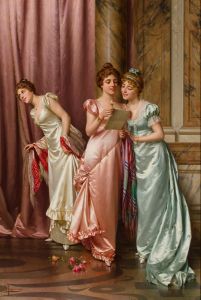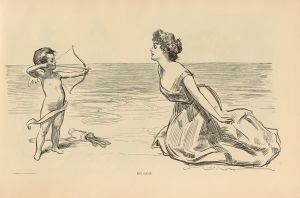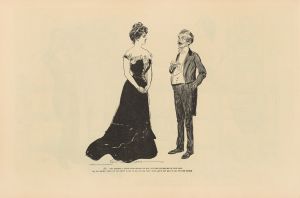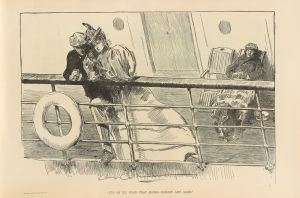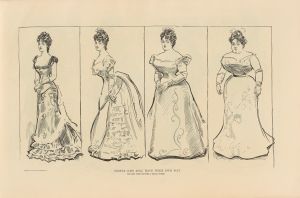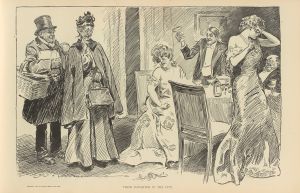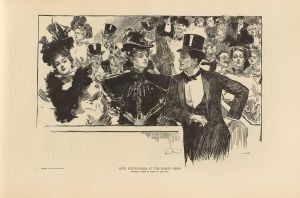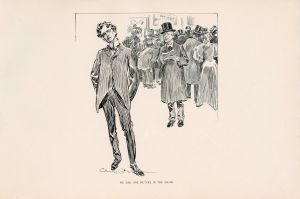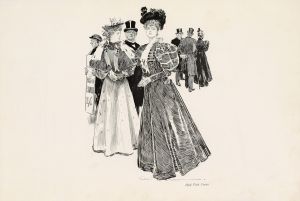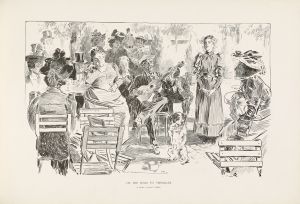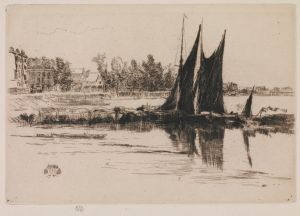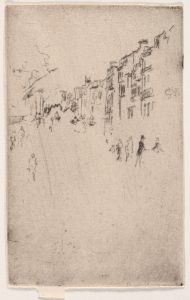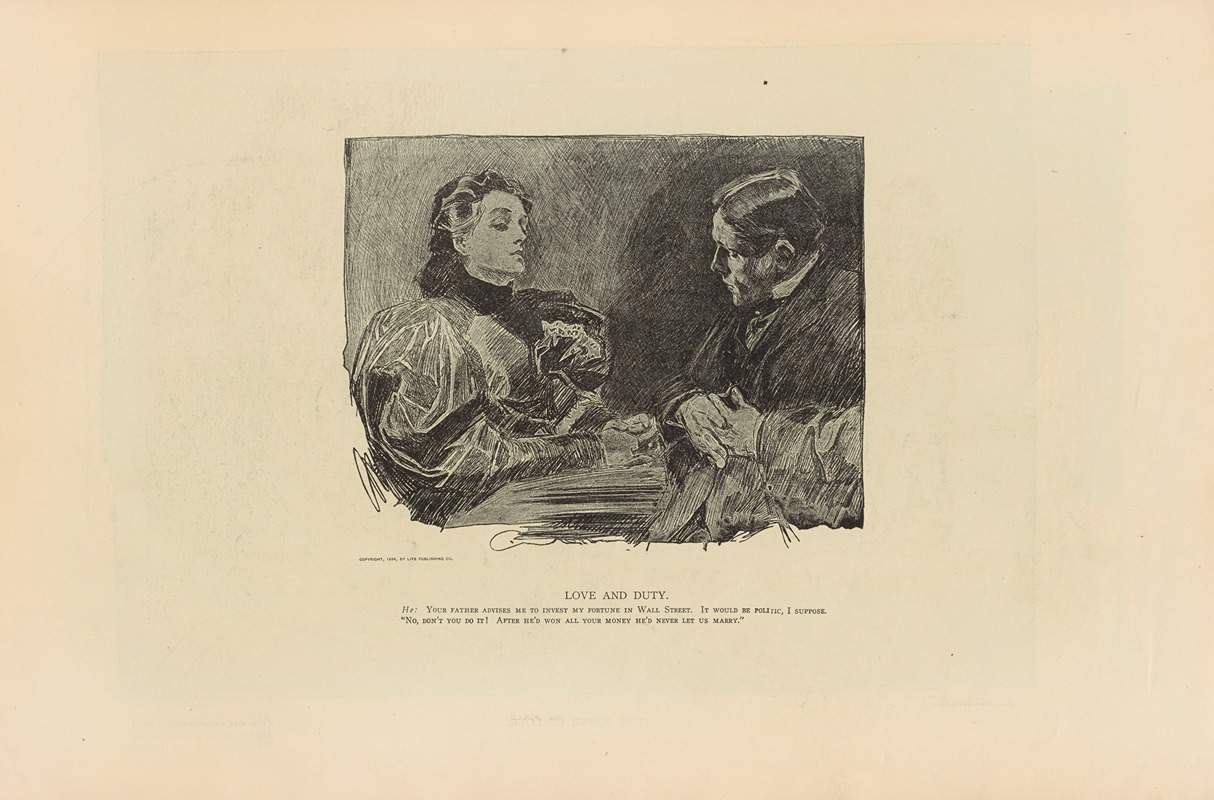
Love and duty
A hand-painted replica of Charles Dana Gibson’s masterpiece Love and duty, meticulously crafted by professional artists to capture the true essence of the original. Each piece is created with museum-quality canvas and rare mineral pigments, carefully painted by experienced artists with delicate brushstrokes and rich, layered colors to perfectly recreate the texture of the original artwork. Unlike machine-printed reproductions, this hand-painted version brings the painting to life, infused with the artist’s emotions and skill in every stroke. Whether for personal collection or home decoration, it instantly elevates the artistic atmosphere of any space.
Charles Dana Gibson was an influential American illustrator best known for his creation of the "Gibson Girl," an iconic representation of the American woman at the turn of the 20th century. His work appeared in numerous magazines and publications, capturing the essence of the era with a blend of humor, social commentary, and artistic skill. One of his notable works is "Love and Duty," which exemplifies his ability to convey complex social themes through his art.
"Love and Duty" is a black-and-white illustration that reflects Gibson's characteristic style, combining detailed line work with a keen observation of social dynamics. The illustration typically features a scene that juxtaposes romantic elements with societal expectations, a common theme in Gibson's work. His illustrations often depicted the tension between personal desires and societal obligations, a reflection of the cultural shifts occurring during his time.
Gibson's "Love and Duty" is emblematic of the era's exploration of gender roles and relationships. The Gibson Girl, often featured in his works, was portrayed as independent, confident, and fashionable, challenging the traditional roles of women in society. This illustration likely continues this theme, presenting a narrative that invites viewers to consider the balance between personal fulfillment and societal responsibilities.
Gibson's work was widely published in magazines such as Life, Harper's Weekly, and Scribner's, reaching a broad audience and influencing public perceptions of gender and class. His illustrations were not just artistic expressions but also commentaries on the evolving social landscape of America during the late 19th and early 20th centuries.
The significance of "Love and Duty" lies in its ability to encapsulate the spirit of its time. Through his art, Gibson captured the complexities of human relationships and the societal pressures that shaped them. His work remains a valuable historical document, offering insights into the cultural and social dynamics of his era.
While specific details about the composition and reception of "Love and Duty" may not be extensively documented, it is clear that Gibson's illustrations, including this one, played a crucial role in shaping the visual culture of his time. His ability to blend artistry with social commentary has left a lasting impact on the field of illustration and continues to be studied and appreciated for its historical and cultural significance.
In summary, Charles Dana Gibson's "Love and Duty" is a testament to his skill as an illustrator and his keen insight into the social issues of his day. Through his work, Gibson not only entertained but also provoked thought and discussion, making a lasting contribution to American art and culture.





